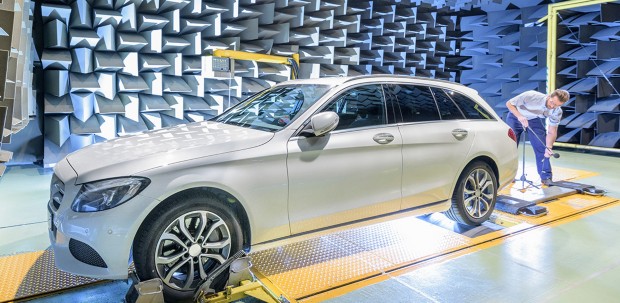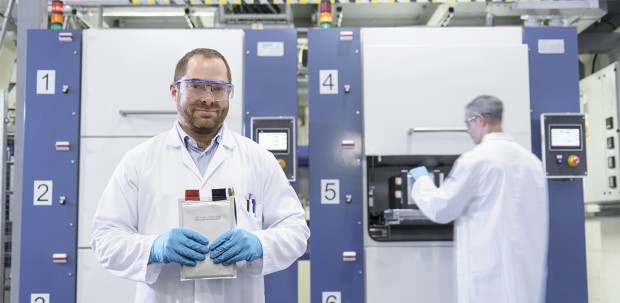Consumer Electronics
When we dropped our phones for the 10th time and they still worked, we should thank those who found failure first.
A world of technology that is constantly growing more complex is also expected to always be on—to always work. Though some aspects of technology failure might seem trivial, many others cannot be allowed to fail; failure in the market or at the hands of the consumer is not an option. The automotive industry encompasses several technologies that simply cannot fail.
Automotive Industry
Examples of these can’t-fail technologies are when an airbag deploys at the exact moment it needs to or when a car starts each time without failure (there’s that word again).

In the automotive industry, our failure finders are automotive test engineers who focus on a range of technology, from battery test to advanced driver assistant systems (ADAS). These life-saving automotive technologies, such as ADAS, are often called “mission critical.” That phrase was built on a foundation of finding failure. Mission critical becomes even more critical when our technology takes to the skies.
Aerospace Industry
Flying is the safest form of travel because of a tremendous amount of testing. Failure is not an option when we take off, land, and repeat again and again. Not only must the level of consistency remain in perfect operation, but the sheer number of parts (both hardware and software) in an airplane combined with the number of variables surrounding an airplane must be addressed accurately to ensure our safety. Finding all the ways an airplane can fail seems like a daunting task, but, to our failure finders, this is their purpose, and we should recognize them for that.
The Failure Finders
They have many names. They are all around us. Often, they have the word “test” in their titles. This is because the nature of a test is to signal not the success but the failure of a product in the past, present, or potential future.

The failure finders go to work every day and seek failure. Measuring the failure is just as important as finding it. They find failure so we don’t experience it ourselves.
Failure finders are at all levels of every engineering company; they are part of the process of technology development and innovation. They are there from product idea to product delivery to the consumer.
The Psychology of Finding Failure
Before we jump into the life of the failure finder, let’s get inside their heads. It takes wherewithal, creativity, and persistence to find failure. Knowing all the ways something doesn’t work requires a lot of creativity. The variables and combinations that lead to discovery and invention are dwarfed by the variables and combinations that lead to failure.
Creativity is critical. Engineering has often been perceived as a data- and logic-driven discipline involving little creativity. The design and prototyping areas of engineering are usually deemed the most creative, but creativity also is needed in test to find failure. When thinking through all the ways something can fail, the variability is exponential—not only in the product itself but also in the world surrounding that product.

Persistence makes perfect. The old adage “if at first you don’t succeed, try, try again” perhaps should be revisited with this perspective of finding failure intentionally. Considering the mind-boggling number of variables that can cause any level of failure, finding failure occurs regularly and often. If all goes well and according to plan, the incidence and frequency of failure begin to diminish. In the meantime, this makes for a trying exercise in persistence.
The Next 100’s Next 25
Over our next 25 weeks, we will dive deeper into what it means to find failure. We will profile some failure finders and talk about the drive and persistence needed to not just stare failure in the face each day but also say “give me more.”
We will investigate the immense amount of creativity applied to both thinking about every possible failure-inducing variable and exploring how they were solved. Knowing something doesn’t work isn’t good enough; we also must know why.
We will focus on the absence of failure due to the failure finders’ efforts as we peer into the technology world that we, the consumers, take for granted. So, yes, we do want to fail faster, and we do want to fail forward. We want to make failure more acceptable, and we want to find failure before failure finds us.
At NI, we are asking the world to Engineer Ambitiously. This means being bold. It means not only connecting technology and people but also persisting even when some test lights don’t turn green. It means to never rest when variables remain unknown. It means to find failure quickly and responsibly. Because, again, the only way to know if something works is to first know all the ways it doesn’t work.
Now let’s go find failure!







